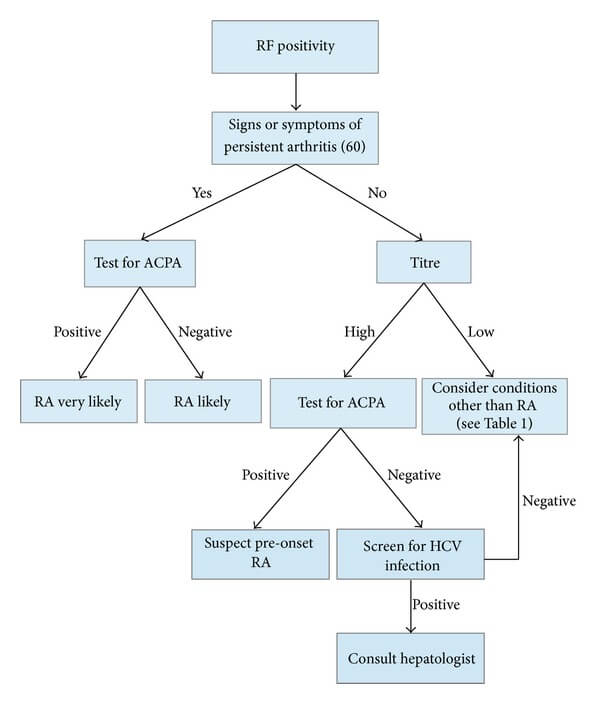Rheumatoid factor (RF; also mistakenly called RA factor) is an auto-antibody (commonly IgM and rarely IgG or IgA) directed against the Fc portion of IgG. Increase in both IgM and IgA RFs is almost exclusively observed in patients with RA (Rheumatoid Arthritis). Clinical Significance of Rheumatoid Factor 1. A positive…
Tag: Musculoskeletal system
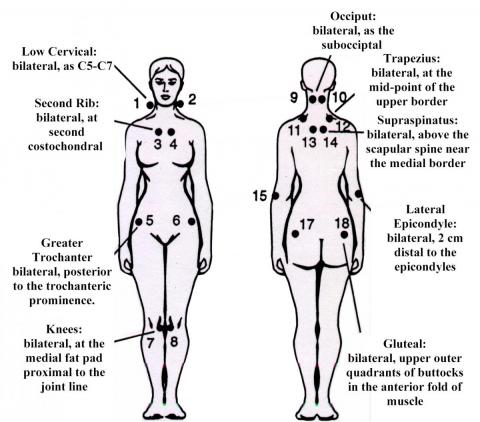
Pain all over body, Sleep disturbance, Fatigue, Headaches – Fibromyalgia
What is Fibromyalgia? Fibromyalgia is a chronic illness characterized by many symptoms that occur all at once: 1. Widespread pain 2. Fatigue 3. Sleep problems 4. Cognitive disturbances (concentration, memory) 5. Altered mood (anxiety, depression) 6. Other symptoms: headache, digestive disorders, dizziness, muscle spasms, chills, low-grade fever, ringing in the…
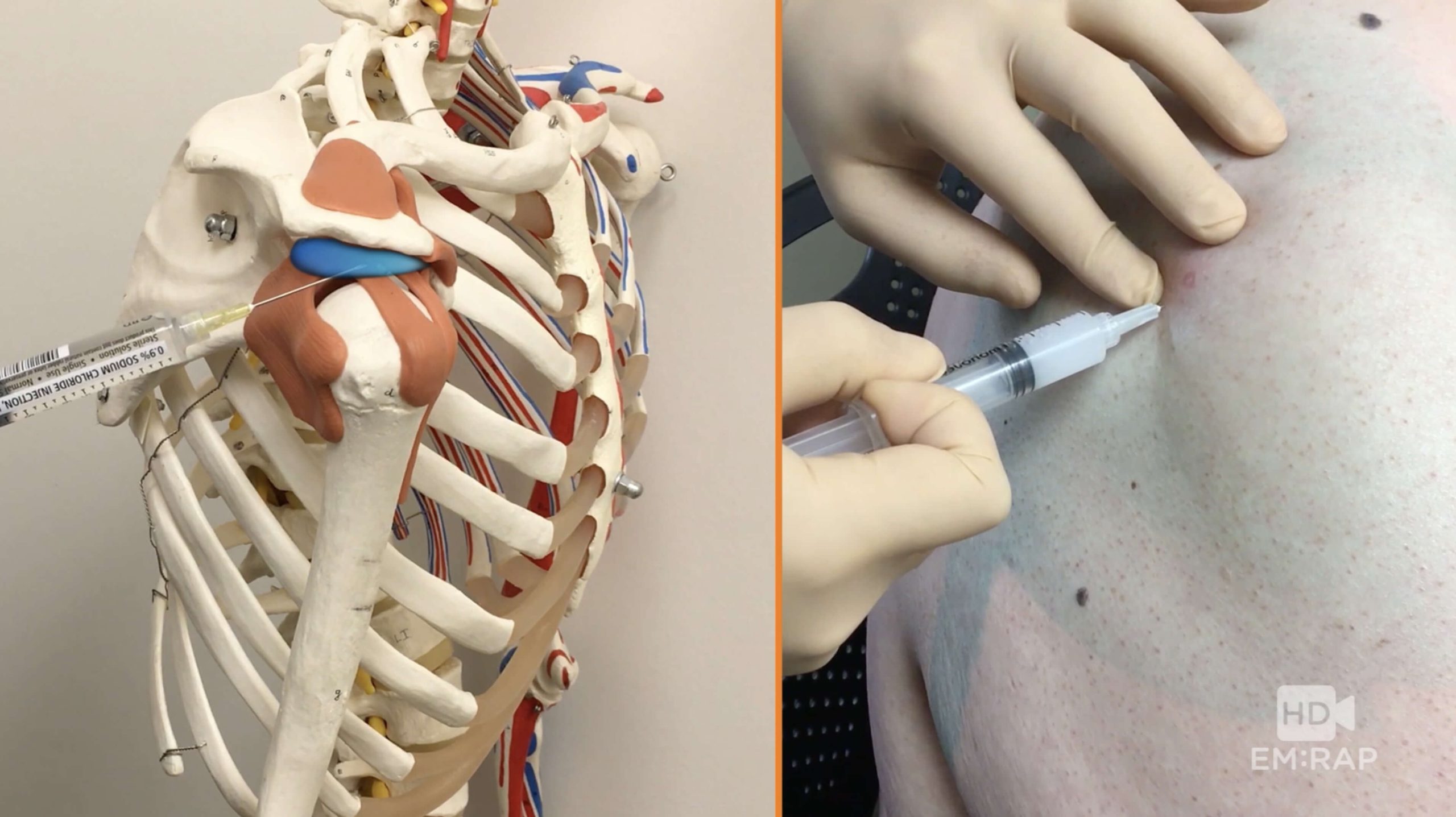
Subacromial Injection
Indications: Diagnostic and therapeutic purposes of – Syringe preparation: Position: Comfortably seated with the arm at the side and the hands resting on the lap. Posterior approach: Lateral approach:
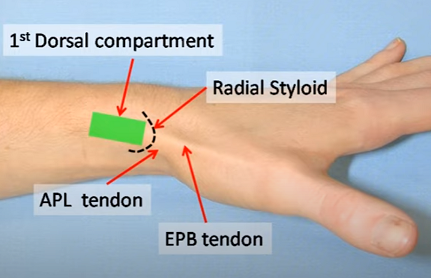
Injection technique for De Quervain’s Tenosynovitis
Syringe Preparation: Position: Comfortably seated with neutral forearm rotation with radial styloid facing upwards – position the wrist in slight ulnar deviation. Technique:

SCFE : Mnemonic Approach
Approach to a limping child General points Classification Management depends on 4 factors which can be remembered using the mnemonic SCFE. Stability and Severity a. Loder classification: b. Severity: Severity Southwick angle on frog-leg lateral view (Difference of head-shaft angle from normal side) Wilson slip % on AP or frog-leg…
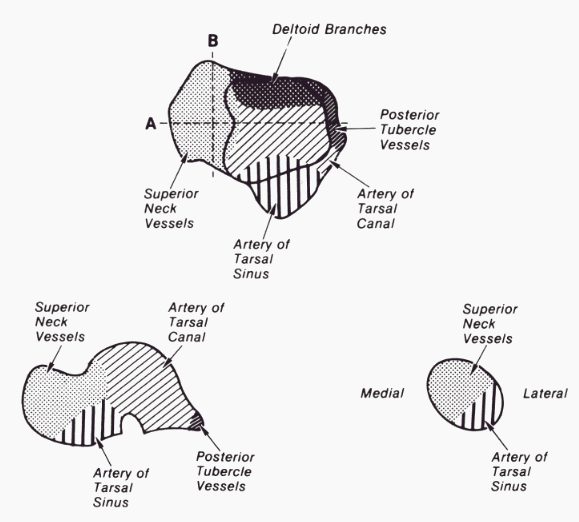
Talus Anatomy : Mnemonic
Mnemonic: 0, 1, 2, 3, 4, 5 0 : Attachments of muscles and tendons 1 : Sinus and Canal 2 : Processes and Tubercles 3 : Parts 4 : Blood vessels: 5 : Articulating surfaces
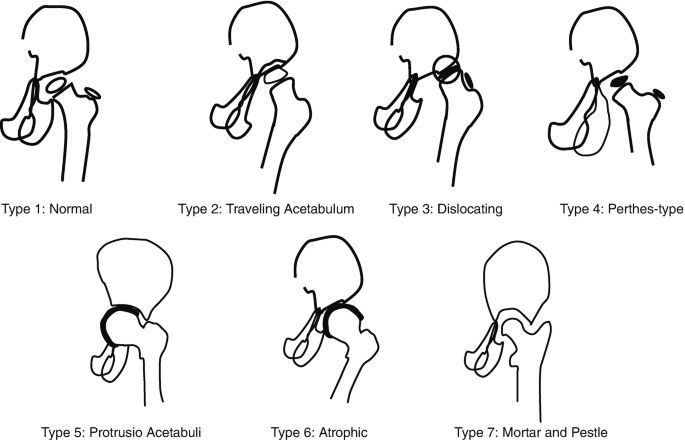
Management of Skeletal Tuberculosis – Principles
Classification Stage/Type Pott’s spine (Kumar’s) Pott’s paraplegia (Tuli) Hip and Knee Hip (Shanmugasundaram) I Predestructive (Straightening, spasm, hyperemia) Negligible (Objective plantar extensor response or ankle clonus) Synovitis (ROM 75-100%/Haziness, rarefaction)– Hip: FAbER, Apparent lengthening Normal (C) II Early destructive (Diminished space, paradiscal erosion, K<10) Mild (Subjective neuro-deficit but walks with…
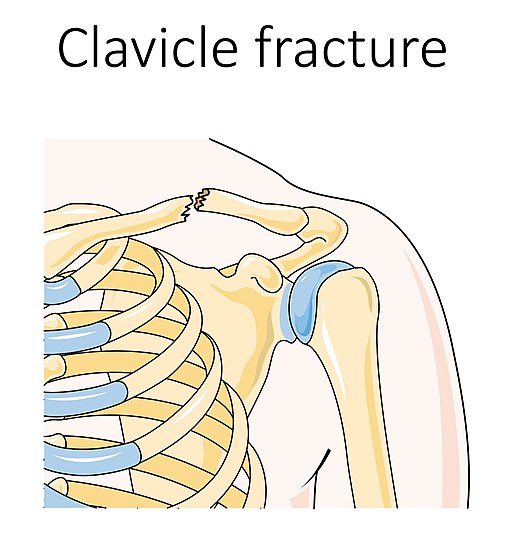
Clavicle Fractures : Last Minute Revision
1. 80-85% are mid-shaft fractures (other 10-15% are lateral 3rd and 5% are medial 3rd fractures) because of: 2. Deforming forces: 3. X-ray views: 4. Allman classification: Dameron and Rockwood classification for lateral 1/3 pediatric fractures: Type I: Mild strains of ligaments or periosteal tears Type II: Complete disruption of…
